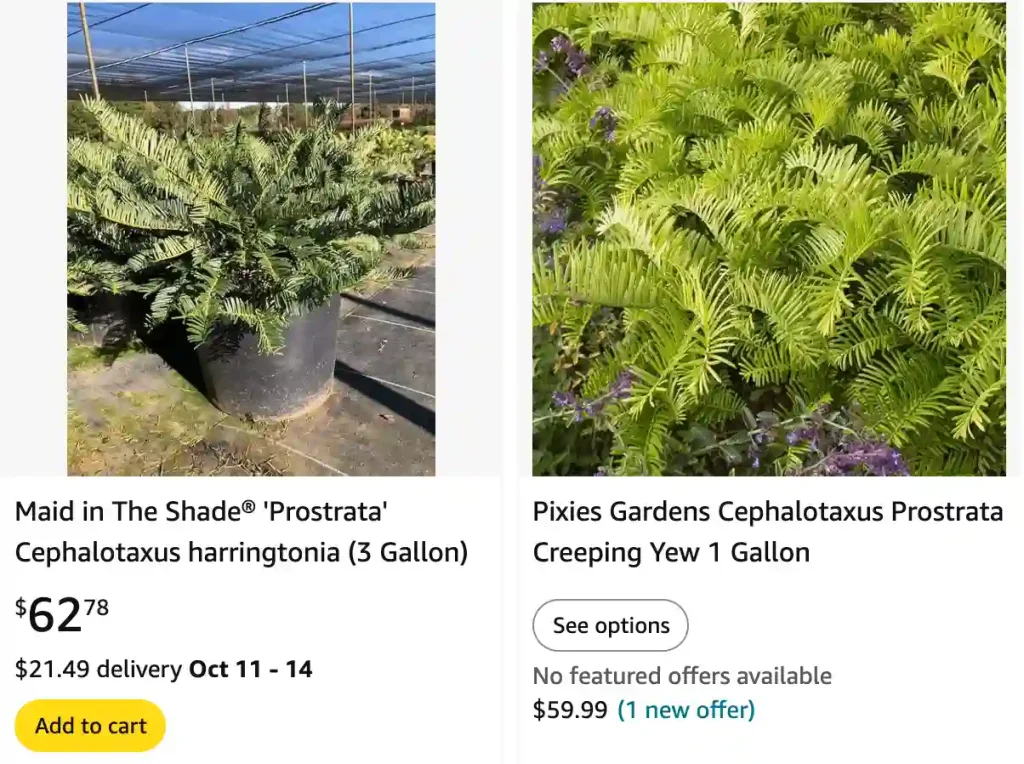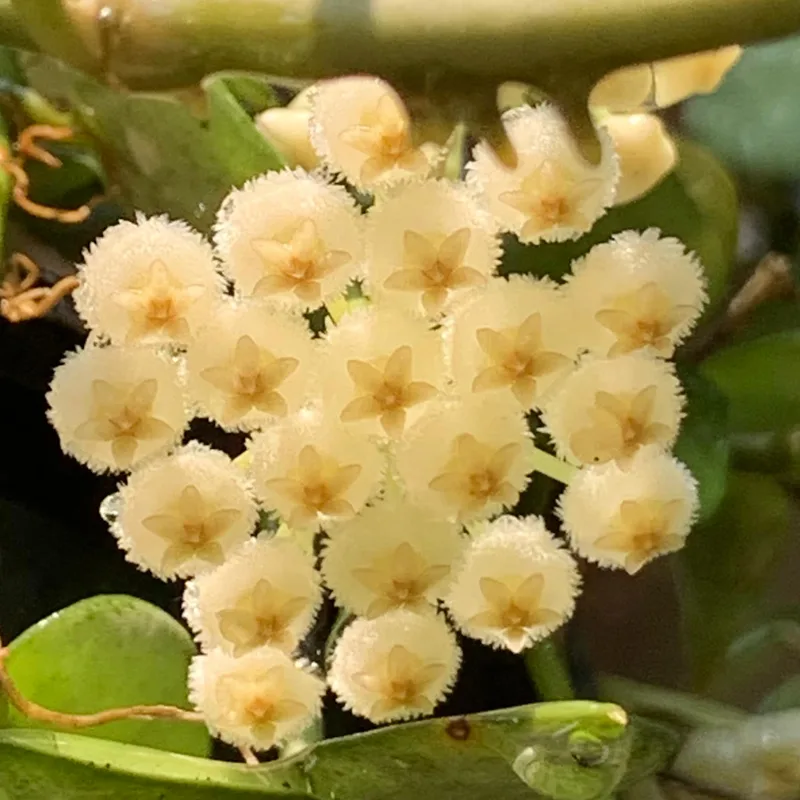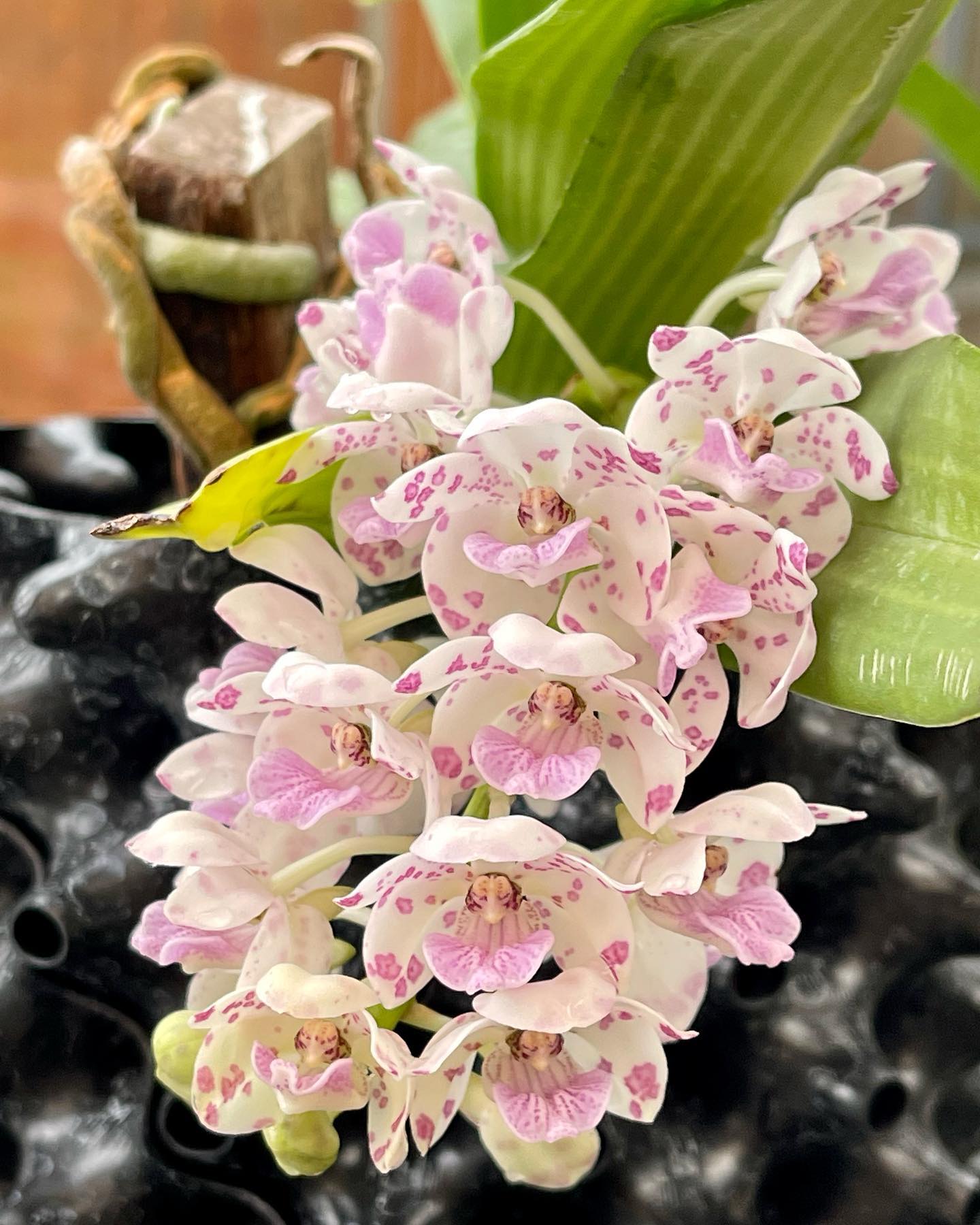
FAQs About Cephalotaxus Prostrata: Insights from My Experience
As a plant enthusiast, I’ve often found myself drawn to unique specimens, and Cephalotaxus Prostrata, or Japanese Plum Yew, is one of my favorites. This evergreen shrub has a lot to offer, whether you’re looking to enhance your garden or simply want to learn more about its care. In this article, I’ll address some frequently asked questions about Cephalotaxus Prostrata based on my experiences and research.
Plant Family: Cephalotaxaceae – 11 Species in Genus Cephalotaxus
What is Cephalotaxus Prostrata?
Cephalotaxus Prostrata, commonly known as Japanese Plum Yew, is a low-growing evergreen shrub native to East Asia. Its attractive, dark green foliage resembles that of yews, but it has a unique prostrate growth habit. This plant typically reaches about 1 to 3 feet in height but can spread up to 6 feet wide, making it an excellent ground cover. The needles are soft to the touch and can bring a lush look to any landscape.
How to Care for Cephalotaxus Prostrata?
Caring for Cephalotaxus Prostrata is relatively straightforward, which is one reason I love it so much. Here are some tips based on what I’ve learned:
- Light Requirements: This plant thrives in partial shade to full shade. While it can tolerate some sun, too much direct sunlight can lead to scorching of the leaves.
- Soil Preferences: Cephalotaxus Prostrata prefers well-drained, slightly acidic to neutral soil. I’ve found that mixing in some organic matter can improve drainage and nutrient availability.
- Watering: Consistent moisture is key, especially during its first year of establishment. I water it weekly during dry spells, allowing the soil to dry out slightly between waterings.
- Fertilizing: I apply a balanced, slow-release fertilizer in early spring. This helps promote healthy growth without overwhelming the plant with nutrients.
- Pruning: Pruning is minimal for this shrub. I trim back any dead or damaged branches in early spring to encourage a tidy appearance.
How to Propagate Cephalotaxus Prostrata?
Propagation of Cephalotaxus Prostrata can be done through cuttings. Here’s the method I use:
- Timing: Take cuttings in late spring or early summer when the plant is actively growing.
- Cutting Preparation: Select healthy, semi-hardwood stems and cut them to about 4-6 inches in length. Remove the lower leaves to expose nodes.
- Rooting Medium: I dip the cut ends in rooting hormone and place them in a well-draining potting mix.
- Humidity and Light: Keep the cuttings in a humid environment, using a plastic bag or a mini greenhouse. Bright, indirect light works best.
- Watering: I keep the soil slightly moist until roots develop, which can take several weeks.
What to Plant With Cephalotaxus Prostrata?
Cephalotaxus Prostrata pairs beautifully with a variety of plants. Here are some combinations I’ve enjoyed:
- Hostas: Their broad leaves create a lovely contrast with the fine needles of the Cephalotaxus.
- Ferns: Ferns add a soft, feathery texture that complements the shrub’s foliage.
- Japanese Maple: The elegant form of a Japanese Maple can provide a stunning backdrop.
- Heuchera: The colorful foliage of Heuchera varieties provides a vibrant contrast.
Is Cephalotaxus Prostrata Toxic?
One common question I’ve encountered is about its toxicity. Thankfully, Cephalotaxus Prostrata is non-toxic to humans and pets. This makes it a safe choice for family gardens where children or pets may roam.
Benefits of Cephalotaxus Prostrata
From my perspective, there are several benefits to growing Cephalotaxus Prostrata:
- Low Maintenance: Its care requirements are minimal, making it ideal for busy gardeners.
- Versatile Landscaping: It can be used as ground cover, in rock gardens, or as part of a mixed border.
- Evergreen Beauty: This plant maintains its color and form year-round, providing consistent visual interest.
Common Problems with Cephalotaxus Prostrata
While generally hardy, Cephalotaxus Prostrata can face a few issues:
- Root Rot: Overwatering can lead to root rot. I’ve learned to ensure proper drainage to avoid this problem.
- Pests: Occasionally, scale insects can be a nuisance. I find that a gentle spray of neem oil usually does the trick.
- Fungal Diseases: Keeping air circulation good around the plant helps prevent fungal issues.
How Does Cephalotaxus Prostrata Compare to Similar Plants?
Many people confuse Cephalotaxus Prostrata with other low-growing evergreens like Taxus (yew) and Juniper. Here’s a quick comparison:
- Growth Habit: While Taxus tends to grow upright, Cephalotaxus has a more sprawling habit. Junipers can be similar, but their foliage is often pricklier.
- Foliage Texture: Cephalotaxus has softer needles compared to the sharper leaves of yews, making it more appealing for touch.
- Water Needs: Taxus is more drought-tolerant than Cephalotaxus, which prefers consistent moisture.
In conclusion, Cephalotaxus Prostrata is an excellent addition to any garden, thanks to its beauty and low maintenance needs. I hope this article has answered your questions and inspired you to consider this unique plant for your landscape!
If i die, water my plants!



